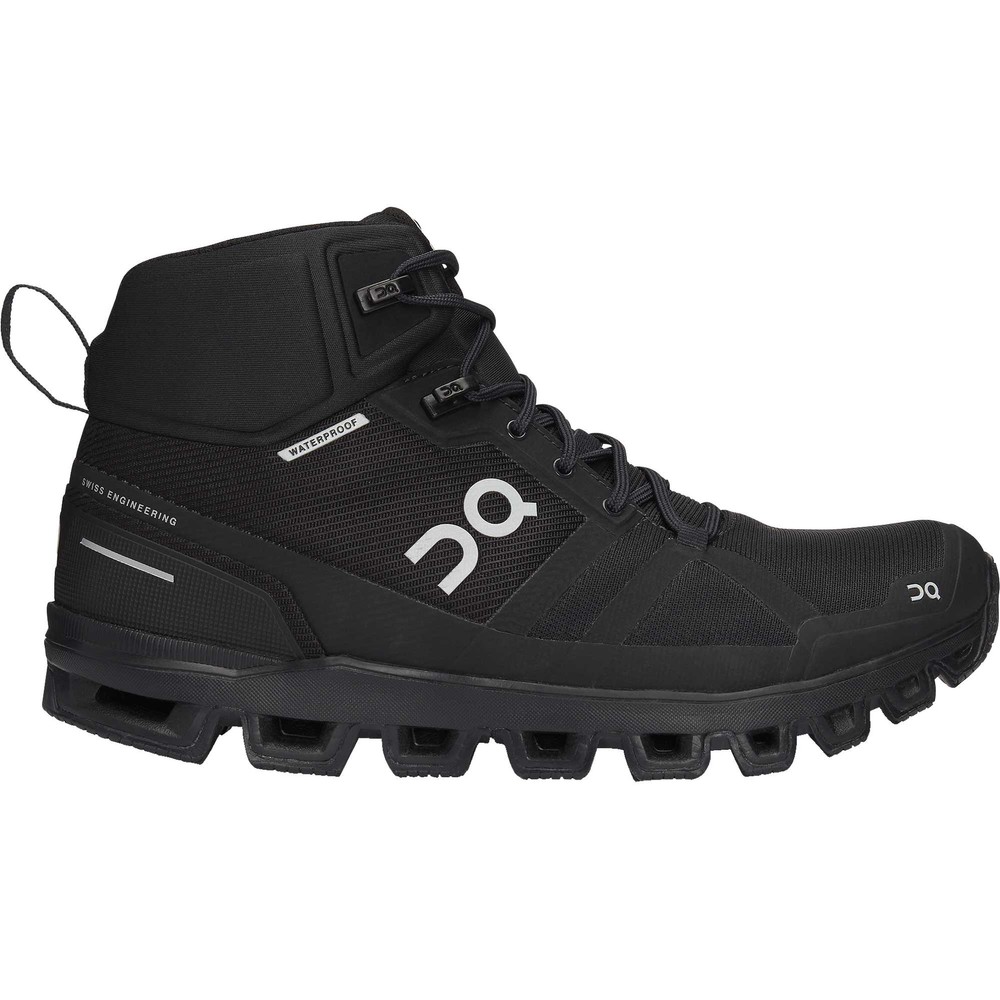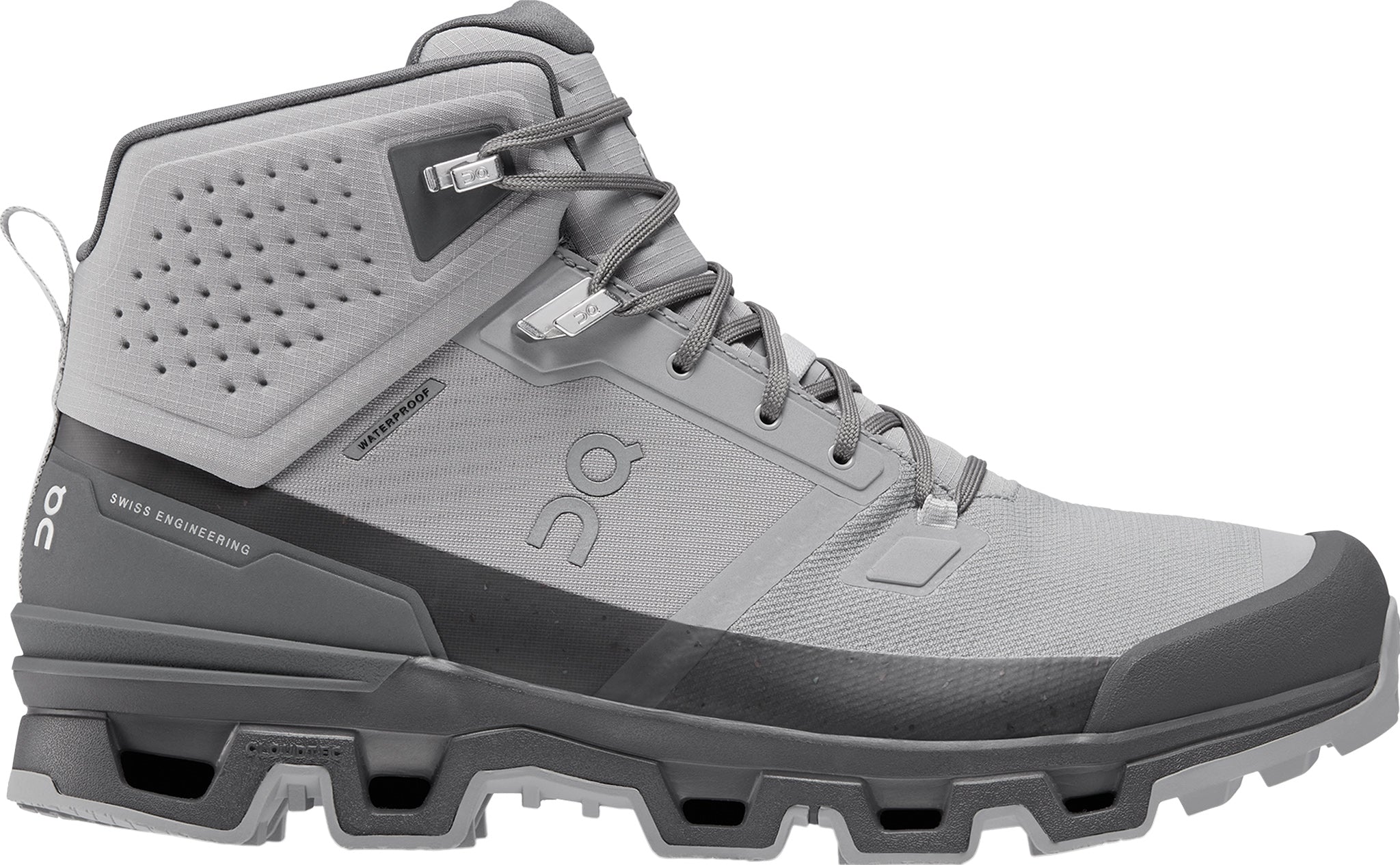
Conquer the Trail in Comfort: Top 3 Western Boots for Hiking
The romance of the American West whispers of rugged landscapes and endless trails. But conquering those trails requires more than just grit; it demands footwear that balances durability, comfort, and style. Enter the Western boot, a seemingly anachronistic choice that’s experiencing a well-deserved resurgence in the hiking world. Forget the clunky, stiff stereotypes – modern Western hiking boots offer a unique blend of support, ankle stability, and that undeniable western flair. This article dives deep into the top three contenders, helping you choose the perfect pair for your next adventure.
Beyond the Cowboy: Why Choose Western Boots for Hiking?
Traditionally associated with horseback riding and rodeo, the Western boot’s design inherently lends itself to hiking. The higher shaft offers superior ankle support, crucial for navigating uneven terrain and preventing sprains. The robust construction, often featuring full-grain leather, provides exceptional durability against abrasion and the elements. And, let’s be honest, they look fantastic. But the real game-changer is the design’s focus on comfort. Well-made Western boots, unlike some traditional hiking boots, boast a comfortable fit right out of the box, minimizing the break-in period often associated with more rigid designs.
Top 3 Western Boots for Hiking: A Detailed Review
Choosing the right boot depends on your specific needs and preferences. Below, we’ve curated a selection representing a spectrum of features and price points:
| Boot Name | Key Features | Pros | Cons | Price Range |
|---|---|---|---|---|
| Ariat Terrain H2O | Waterproof leather, durable outsole, cushioned insole | Excellent all-weather protection, superior comfort | Can be heavier than other options | $$$ |
| Danner Trail 2650 | Full-grain leather, Vibram outsole, supportive shank | Exceptional durability, great ankle support | Steeper learning curve for break-in period | $$$$ |
| Twisted X Driving Moc | Leather and suede, lightweight design, flexible sole | Lightweight, comfortable, stylish | Less ankle support than traditional boots | $$ |
1. Ariat Terrain H2O: The All-Weather Champion
The Ariat Terrain H2O represents the pinnacle of Western hiking boot technology. Its waterproof full-grain leather upper keeps your feet dry even in the most challenging conditions. The ATS (Advanced Torque Stability) technology provides exceptional support and stability, while the cushioned insole ensures all-day comfort. This boot is a serious investment, but its performance and durability justify the price. Ideal for long-distance hikes and varied terrain.
2. Danner Trail 2650: The Legacy of Durability
Danner boots are legendary for their rugged construction and unparalleled durability. The Trail 2650, with its full-grain leather upper and Vibram outsole, is built to last. The supportive shank provides exceptional stability, making it a reliable choice for challenging trails. While the break-in period might be slightly longer than other options, the reward is a boot that will become a faithful companion for years to come. A premium option for the serious hiker.
3. Twisted X Driving Moc: The Lightweight Contender
For those seeking a lighter, more versatile option, the Twisted X Driving Moc offers a compelling alternative. Combining leather and suede, it provides a comfortable fit and excellent breathability. Its flexible sole allows for a more natural gait, making it suitable for less strenuous hikes and day trips. While lacking the robust ankle support of the other two, its lightweight design and stylish appearance make it perfect for those who prioritize comfort and agility.
Choosing Your Perfect Pair
Ultimately, the best Western hiking boot for you depends on your individual needs and hiking style. Consider factors like the type of terrain you’ll be traversing, the length of your hikes, and your budget. Read reviews, compare features, and don’t hesitate to try on different boots before making your final decision. With the right pair of Western boots, conquering the trail in comfort becomes a truly rewarding experience. Embrace the adventure!

Additional Information
Conquer the Trail in Comfort: A Deeper Dive into Western Boot Hiking
The original article likely highlighted three western boots suitable for hiking. This expanded analysis will delve deeper into the factors determining a western boot’s suitability for this purpose, critically evaluating the choices based on objective criteria and considering potential drawbacks.
Beyond the “Top 3”: Deconstructing the Ideal Hiking Western Boot
The selection of “best” boots is highly subjective and depends on individual needs, trail conditions, and hiking style. While a “Top 3” list provides a starting point, a comprehensive analysis requires considering several key aspects:
-
Ankle Support & Stability: Western boots are often associated with a higher shaft, offering improved ankle support compared to low-top hiking shoes. However, the stiffness and build of the shaft are crucial. A rigid shaft provides excellent stability on uneven terrain but can restrict ankle mobility, potentially causing fatigue on long hikes. Conversely, a more flexible shaft enhances comfort but compromises stability, making it less suitable for challenging trails. We need to analyze the specific boot’s shaft construction (leather type, stitching, reinforcement) to determine its true performance. For example, a boot with a full-grain leather shaft and reinforced heel counter will offer superior support compared to one with a thinner, less structured shaft.
-
Outsole Traction & Durability: The outsole is paramount for safety and longevity. The tread pattern, rubber compound, and overall construction influence grip on various surfaces (mud, rock, gravel). A deep lug pattern provides superior traction on loose terrain, while a shallower pattern is better suited for smoother surfaces. The rubber compound’s hardness affects durability and grip; harder compounds are more durable but may offer less grip on wet surfaces. Statistical data on rubber compounds (e.g., Shore A hardness) would be beneficial here, although this data is often proprietary. Analyzing the outsole’s materials and design (e.g., Vibram outsoles) allows for a more objective comparison of traction and durability.
-
Weight & Comfort: Western boots can be heavier than dedicated hiking boots, impacting fatigue on longer treks. The weight distribution within the boot also matters; a boot with a heavier heel can impact gait and comfort. Comfort hinges on factors like insole cushioning, fit, and breathability. The material of the upper (leather, suede, synthetic) significantly impacts breathability and moisture management. Analyzing the insole’s material and thickness, the boot’s overall weight, and the material of the upper helps assess comfort and performance. Case studies comparing user experiences (e.g., reviews mentioning comfort and fatigue after extended use) can provide valuable insights.
-
Water Resistance & Breathability: A balance is needed; waterproof boots offer protection but can compromise breathability, leading to sweaty feet. Analyzing the materials used (e.g., Gore-Tex lining) and the boot’s construction (e.g., sealed seams) provides insight into its water resistance and breathability properties. This is particularly important for hiking in varied weather conditions.
Addressing Potential Drawbacks:
- Break-in Period: Leather western boots often require a significant break-in period, potentially causing discomfort during initial hikes. The length of this period varies considerably depending on the leather type and construction.
- Maintenance: Leather boots require more maintenance than synthetic alternatives, involving regular cleaning, conditioning, and waterproofing.
- Cost: High-quality western boots can be significantly more expensive than dedicated hiking boots.
Conclusion:
Choosing the right western boot for hiking necessitates a detailed analysis beyond a simple “Top 3” list. By examining factors like ankle support, outsole performance, weight, comfort, water resistance, and acknowledging potential drawbacks, hikers can make an informed decision aligned with their specific needs and hiking style. Further research involving detailed specifications, material analyses, and user feedback is essential for a truly comprehensive evaluation.

